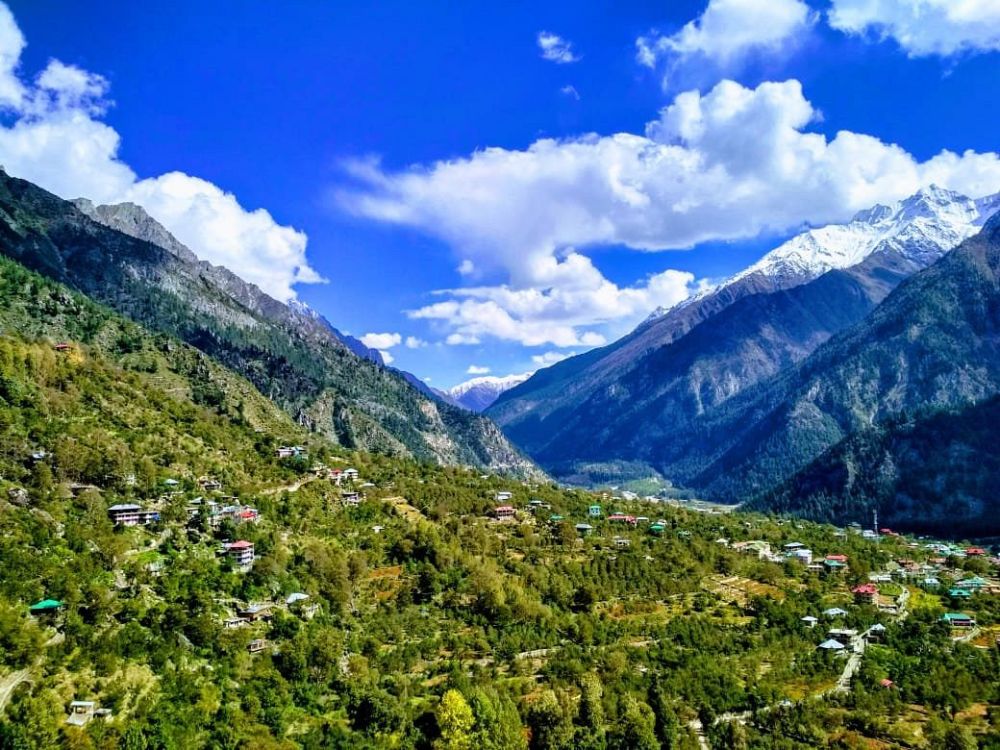

Located in the Kinnaur district of Himachal Pradesh, India, Chitkul Village is often referred to as the last inhabited village near the Indo-Tibet border. Famous for its pristine beauty and rustic charm, Chitkul is the last point in India one can travel to without a permit. Nestled in the Sangla Valley, it is surrounded by towering mountains and lush green landscapes, making it a perfect escape for nature lovers and peace seekers.
The history of tourism in Chitkul can be traced back to the advent of adventurous travelers and hikers exploring offbeat paths in the Himalayas. The village remained largely untouched and unknown to the outside world until the late 20th century. With increased connectivity and the opening of the region to tourism, Chitkul started gaining recognition for its scenic splendor and unspoiled environment.
Initially, the visitors were primarily mountaineers, trekkers, and backpackers looking to explore the raw beauty of the region. The establishment of the Baspa Valley as a part of the Kinnaur circuit widened its appeal. Chitkul's unique culture, architecture, and the simplistic lifestyle of its inhabitants contribute significantly to its charm and have increasingly made it popular among travelers seeking authentic experiences.
The latest tourism trends in Chitkul reflect a growing preference for sustainable and responsible travel. Visitors are seeking experiences that allow for deeper engagement with the local culture and preserve the natural environment. There is an emphasis on:
Over the years, the government and local community have worked hand in hand to boost tourism while safeguarding Chitkul’s culture and environment. Tourism has become an important part of the local economy, providing opportunities and improved facilities for the villagers, but it also presents a challenge to maintain the delicate balance between development and preservation.
Whether you're a solo explorer, a nature aficionado, or simply someone in search of tranquility, Chitkul provides an experience that is both profound and unforgettable. As tourism continues to grow, it is crucial that visitors and service providers alike remain committed to preserving the natural and cultural integrity of this Himachal treasure.